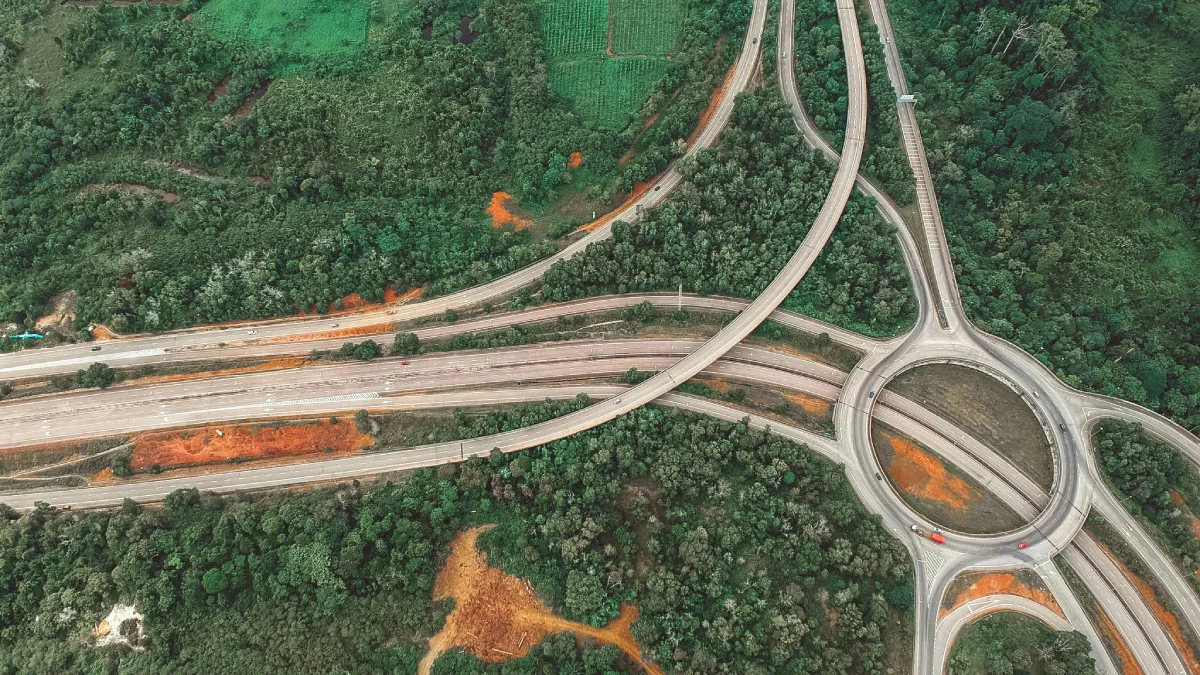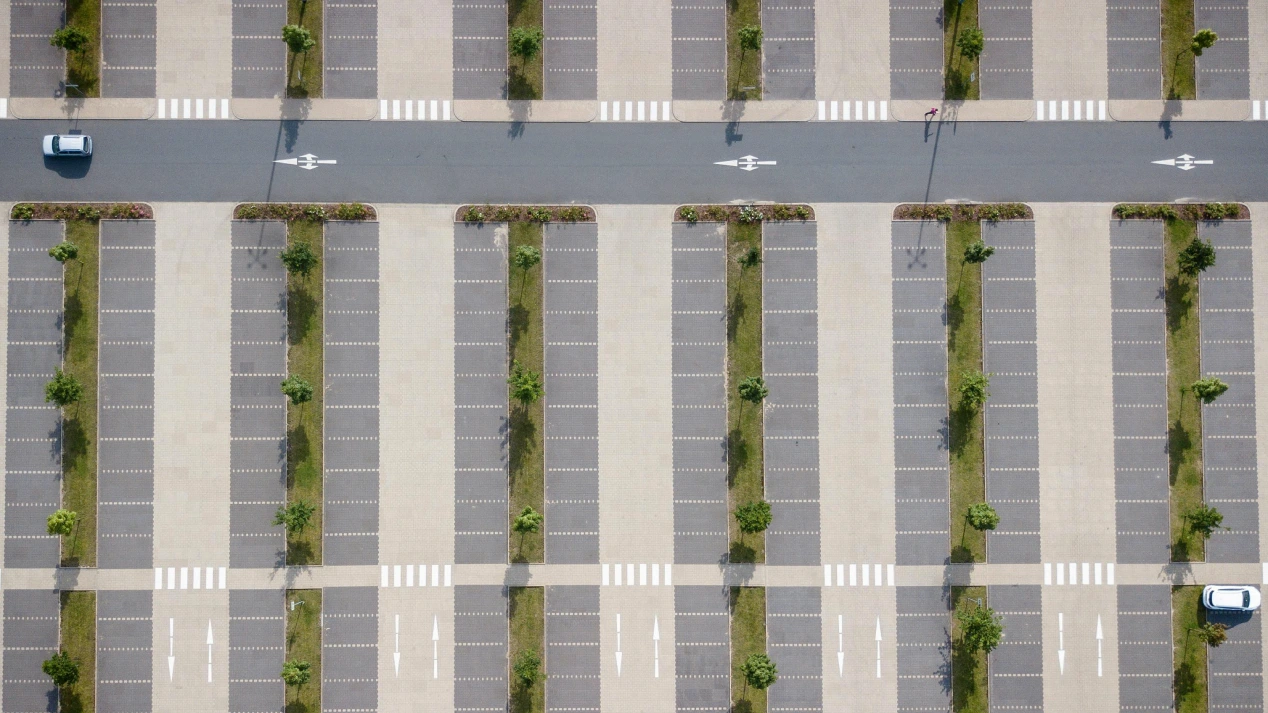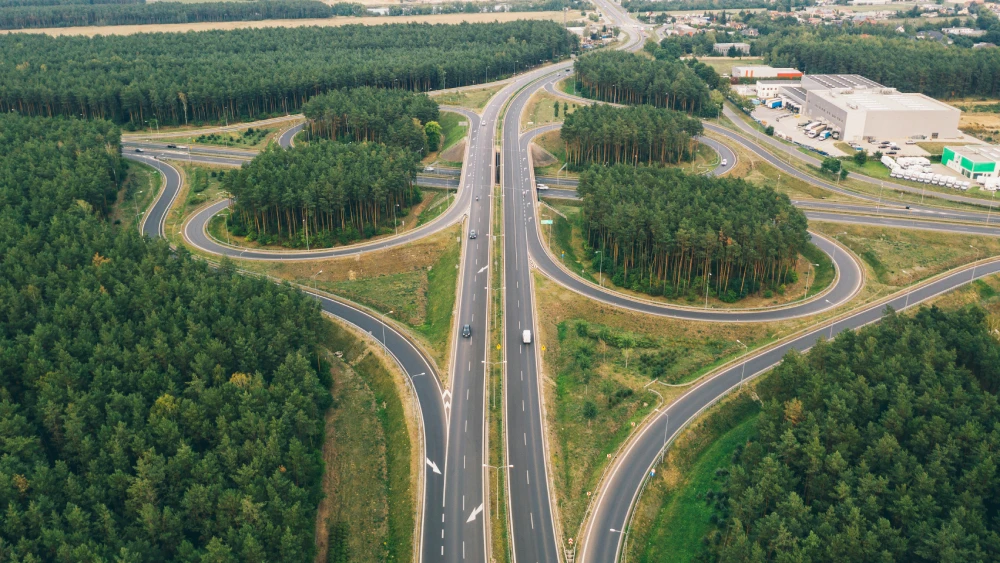Advanced Red Light Camera Technologies: Enhancing Road Safety in European Cities

1. Automated Red Light Cameras
European cities are increasingly adopting automated red light cameras at intersections, integrated with intelligent traffic management systems for efficient real-time monitoring and capturing of violations. One example of modern technology in red light surveillance is the use of automated red light cameras. These cameras are equipped with advanced imaging and sensor technologies to monitor intersections and capture violations of traffic signals, particularly red light running.
Here’s how the technology typically works:
- Camera Systems: High-resolution cameras are strategically placed at intersections to capture images and videos of vehicles approaching and passing through the intersection.
- Image Recognition Software: Advanced image recognition software is employed to analyze the captured images and identify the status of traffic signals. This includes detecting whether a vehicle has crossed the intersection during a red light signal.
- License Plate Recognition: Many systems incorporate license plate recognition technology to identify the vehicle associated with the red light violation. This information is crucial for issuing citations.
- Data Integration: The captured data is often integrated with traffic signal control systems and databases. This integration allows for more accurate monitoring, tracking, and enforcement of traffic signal violations.
- Automated Citations: When a red light violation is detected, automated citation systems can generate tickets, including relevant information such as the date, time, location, images, and details of the violation. These citations can then be sent to the vehicle owner.
- Remote Monitoring and Control: Some systems allow for remote monitoring and control, enabling authorities to access real-time data, adjust camera settings, and efficiently manage traffic flow.
- Analytics and Reporting: The collected data can be used for statistical analysis and reporting. Authorities can identify trends, assess the effectiveness of traffic signal timings, and make informed decisions to improve road safety.
2. Strategic Placement
Strategic placement of red-light cameras, such as Vitronic Poliscan FM1, is crucial to maximizing their effectiveness. Cities select intersections for camera installation based on traffic flow, accident history, and risk assessment, focusing on high-risk locations.
3. Public Awareness Campaigns
Public awareness campaigns play an important role in informing drivers about red light cameras and their role in improving road safety. In Hong Kong, for example, signs warn drivers of the presence of cameras, and some camera posts are painted orange for better visibility.
4. Legal Framework
5. Integration with Traffic Management
6. Data Analysis and Reporting
Regular data analysis from red light cameras helps identify trends, assess enforcement effectiveness, and inform data-driven improvements.
7. Education Programs for Red Light Violators
8. Technology Upgrades
9. Collaboration with Law Enforcement
10. Regular Maintenance and Calibration
Regular maintenance schedules for red light cameras, such as Vitronic Poliscan FM1, are essential to ensure their accurate operation, while calibration maintains precision in detecting violations.
Interesting Facts and Global Perspectives:
- Red light cameras were first developed in the Netherlands by Gatso and have been in use since the 1960s.
- In mainland China, red light cameras with facial recognition technology have significantly reduced pedestrian violations.
- Studies have shown that 38% of red-light violations occur within a quarter of a second after the light turns red, highlighting the importance of precise timing in traffic signal management.
- Some studies suggest that while red light cameras reduce the overall severity of crashes, they may increase instances of rear-end collisions.
- The global usage of red-light cameras is widespread, with various countries implementing these systems to enhance road safety.


